Customer Stories
See how Adobe customers are building great experiences with Creative Cloud Pro for teams.
Harness the powerful tool of print advertising.
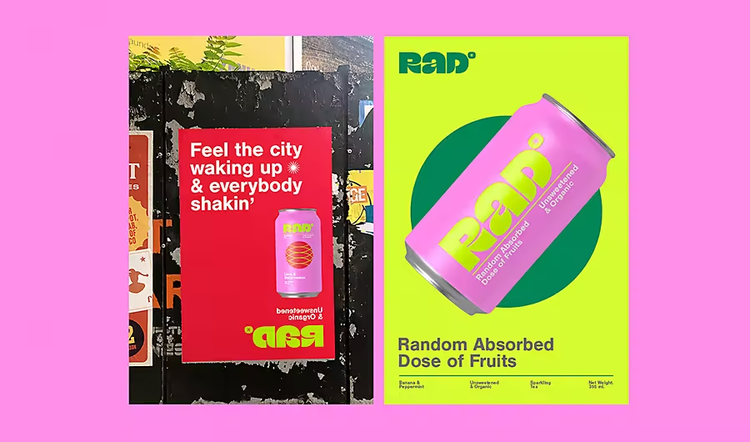
Images by Not Real
Not all advertisements exist on a screen, even today. Print ad campaigns are an effective way to build brand awareness, especially in a world where it’s harder than ever to differentiate your brand. Refresh your brand in the eyes of customers by bringing it into the physical world and ensure that your customers remember you as a trustworthy resource with magazine ads, posters, flyers, and billboards.
In a world full of digital content, the concise and eye-catching nature of the copy and design in printed ads offer a level of clarity, intrigue, and memorability unmatched by digital advertising. Ad recall is 2.6 times higher when an ad is in print than when it’s viewed digitally. The clarity of the ad to the consumer is increased by nearly the same factor as well. In addition, consumers are nearly three times as likely to label a print ad interesting as opposed to a digital one.
Print ad campaigns are often the work of an ad agency, but they can be handled by your in-house creative team with the right tools and planning. First, decide how your print ads will fit into the larger picture of your marketing strategy, and come up with a plan for reaching your target audience. A creative director, whether on your team or at an outside agency, can help put forward concepts that make sense within your company’s larger visual identity and personality. A clear brand identity for your business and a brand kit will ensure internal teams or hired agencies follow your brand guidelines when designing print ads.
The basic building blocks of a creative ad include a background image, illustrations or graphics, your business name and logo, any relevant contact information, body copy, a tagline, and a strong call to action. One app that’s a great choice for creating multiple layouts with different content or sizes is Adobe InDesign — part of the Adobe Creative Cloud. It allows you to adapt your designs to be used in various locations.
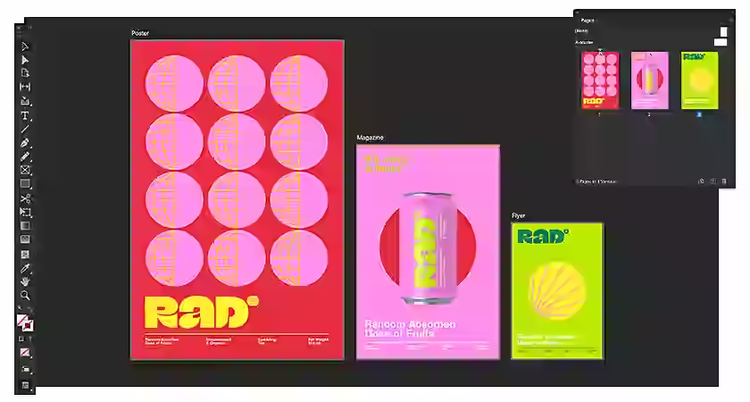
Newspapers and magazines are among the most common and familiar types of print advertising. Almost everyone has seen ads in this form, so the bar can be high for making these stand out — many people have learned to ignore them. However, that challenge can help you take your advertising to the next level. People spend far more time reading a publication than they do looking at a single webpage, and that means that these ads have a much greater chance of being remembered. Consider how to take advantage of the longer attention that a print ad will receive.
Mailers and brochures are also a common form of advertising, and they face stiff challenges as well, as people often throw these out as junk mail. However, the forms that these print ads can take often are more flexible and unique. Find ways to stand out and make an impact. The more valuable and personal you make your mailers, the less likely they are to go straight into the recycling bin.
Finally, there’s the poster, one of the oldest forms of print advertising. Whether it’s a pasteup on a wall or a flyer in a shop window, this form offers the most opportunities for creative exploration. And, with tools like InDesign, it’s easy to create an eye-catching visual treat. Draw the eye of a passerby and make an impression.
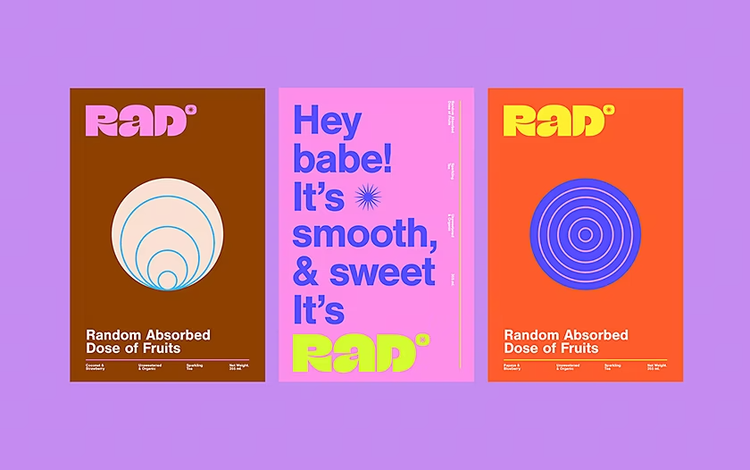
The more creative your print ads are, the more impact they’ll have. But it’s not enough to aim for uniqueness alone. The best print ads also make it easy for the viewer to understand the offer and how they can take action on that offer.
Here are some recommendations of what to consider before designing your first series of print ads:
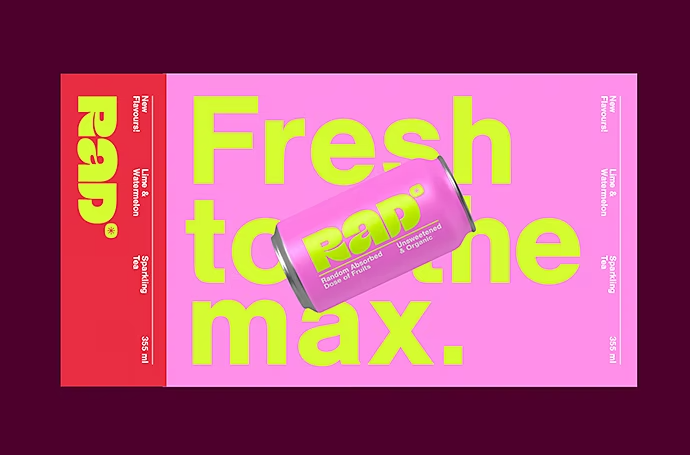
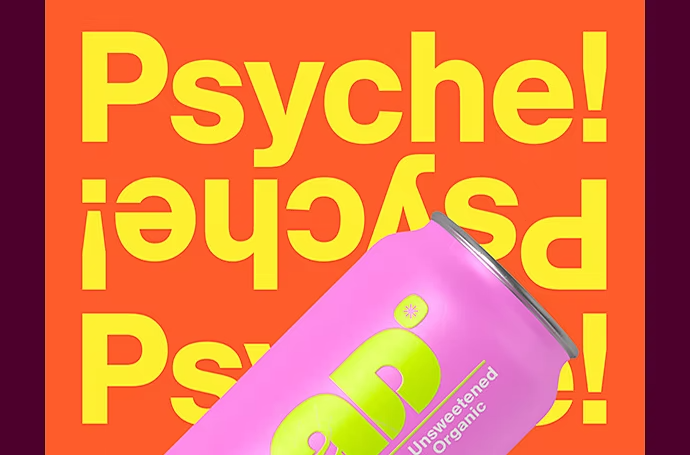
Print ads are an opportunity to flex your design and copywriting skills. They provide unique constraints and parameters for designers and copywriters, which make a print ad an opportunity to explore new techniques and methods.
Keep copy concise.
Print ad layouts often have exacting requirements for copy. This means that you have to be at the top of your game when it comes to writing clear, punchy, authoritative brand copy. Choose powerful verbs that convey action and purpose, and avoid the passive voice. Copy is just as important as design in advertising — don’t forget it.
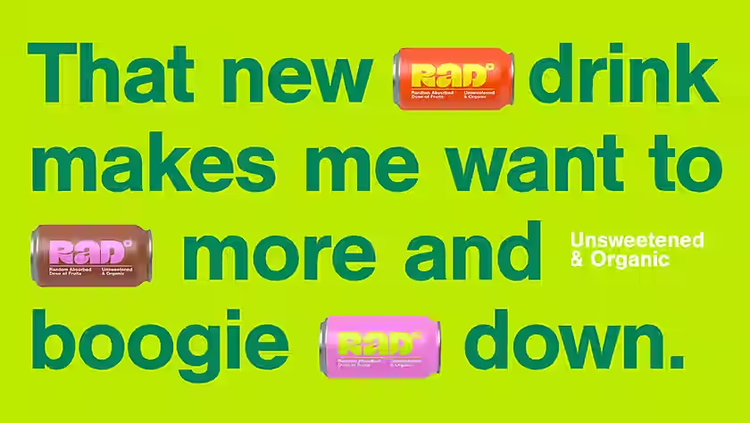
Think about spacing.
The value of white and negative space cannot be undersold. Despite the name, white space does not necessarily have to be white. The term refers to the space between design elements. When creating a print ad, think about the dimensions you’re working within, and experiment with keeping things open and clear. An ad that’s too busy can lose impact, but with proper spacing it can draw a viewer in and help them engage with your visuals and message.
Watch the trends.
Keep an eye on the latest design trends (for example, design trends in stock imagery) to find inspiration. Explore new techniques and methods, types of copy, uses of various design styles, and more. Great ideas often spring from rich context.
Take a cue from clever print campaigns that showcase outstanding writing and graphic design that students and professionals are sharing right now on Behance:
See how Adobe customers are building great experiences with Creative Cloud Pro for teams.
Browse the latest guidelines on effective design, marketing, and more.
All plans include the Admin Console for easy license management, 24/7 tech support, unlimited job postings on Adobe Talent, and 1TB of storage.
US$23.99/mo per license
Annual, billed monthly
Your choice of one Adobe creative app such as Photoshop, Illustrator, lnDesign, or Acrobat Pro.*
US$99.99/moper license
Annual, billed monthly
Get 20+ Adobe creative apps including Photoshop, Illustrator, InDesign, Adobe Express, XD and more.